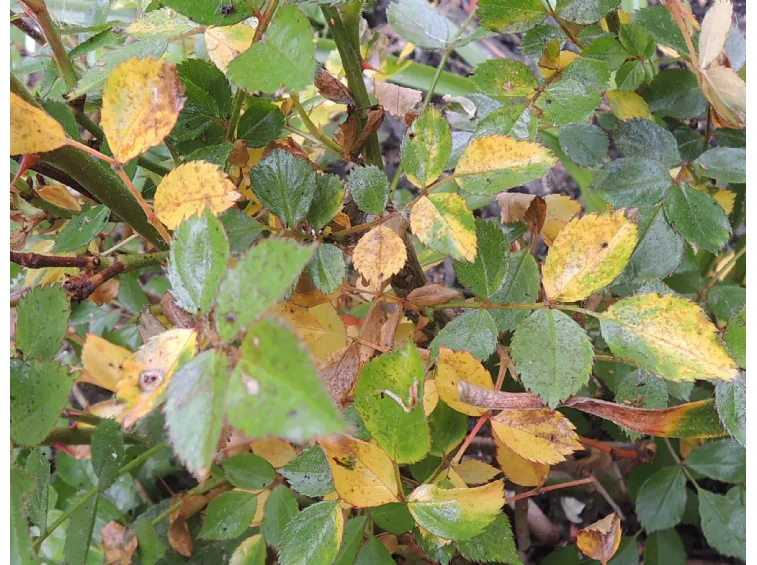Diseases rose leaves
Rose leaf diseases
Roses, although considered the queens of the garden, often have attacks due to pests and diseases. Many problems are also caused by environmental factors or nutritional deficiencies. The main symptoms of all adversityà they often appear on the leaves, an aesthetically important part as much as the flower and therefore deserving of care and attention.
Leaf symptoms
The symptoms affecting roses on the leaves vary according to the causative agent that causes them. These symptoms predominantly include discoloration, discoloration and yellowing. The spots and yellowing can be caused by fungal diseases or by viruses and bacteria, while the discoloration combined with the yellowing è più often caused by incorrect cultivation methods, mineral deficiencies, water deficiencies or excesses and incorrect sun exposure. The leaves of the roses can also be covered with a white or gray patina, in which case we are facing a fungal pathology.
Leaf fungal diseases
If yellowish or brown pustules appear on the underside of the leaf, we are faced with rust. If the leaves of the rose become spotted with yellow in the upper part and covered with a white patina in the lower part, we are faced with downy mildew. If black and purple spots appear on the leaves, then it means that the rose è been affected by scab. The symptoms and pathologies indicated above refer to fungal infections often caused by cultivation errors or by excesses of humidity. Fungal diseases are fought with special products with fungicidal action.
Leaf insect diseases
Rose leaves can also be attacked by insects. I più common and feared are scale insects and aphids, parasites that attack the upper page of the leaves, feeding on the sap of the plant. Other insects that attack rose leaves are spider mites or spider mites. These insects sting the leaf structure until they cause definitive yellowing and desiccation. Insect diseases are fought with specific insecticides, including natural ones.
Leaf diseases from nutritional deficiencies
Nutritional deficiencies can also cause foliar symptoms. If the leaves turn completely yellow, it could be a lack of iron or magnesium, but also a lack of other organic minerals such as nitrogen, phosphorus and potassium. L’ yellowing può also be caused by excessive irrigation or water shortage. In all these cases, the squad shows suffering that must be treated promptly. Deficiency diseases are combated by administering the mineral of which è to the plant; lacking.




